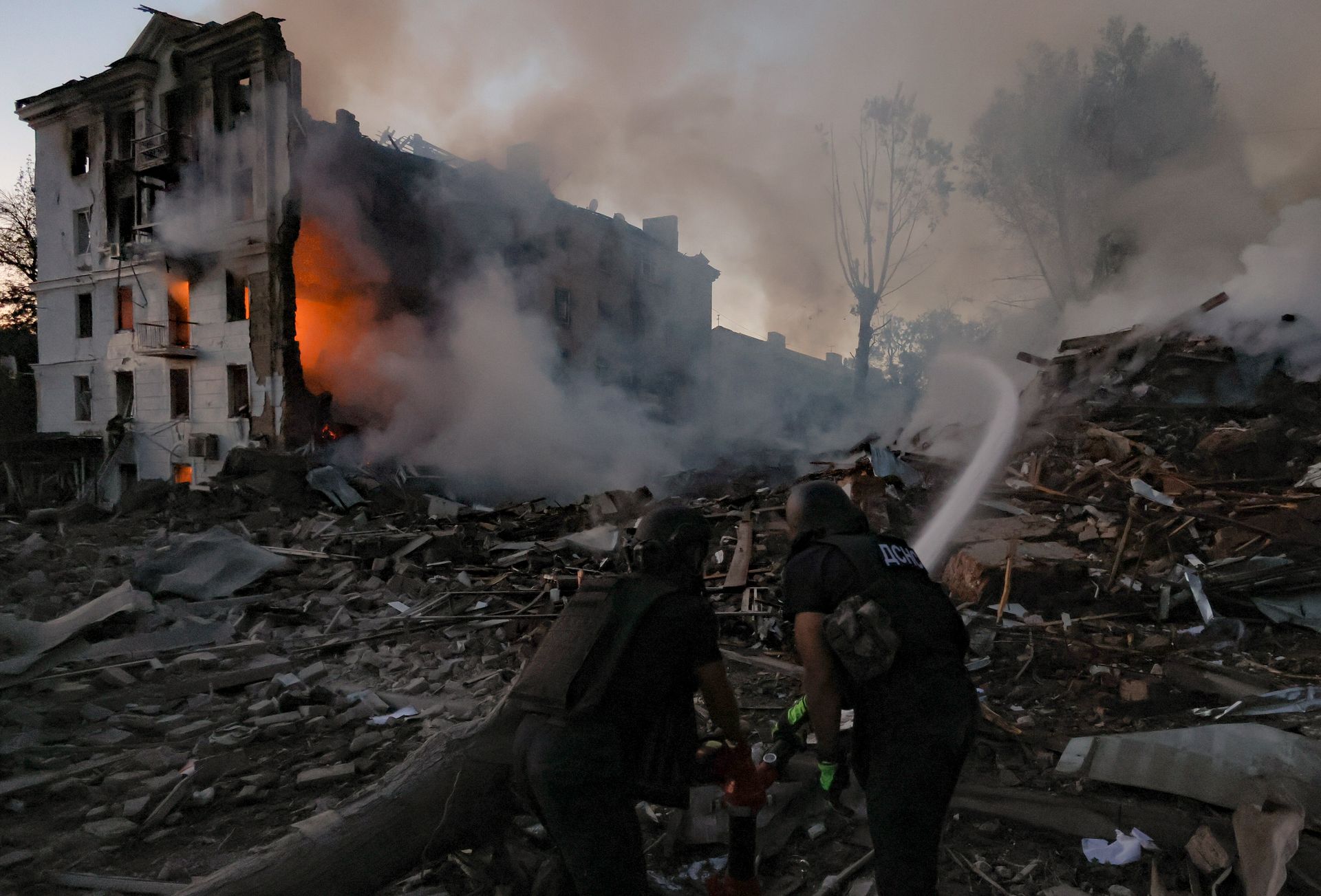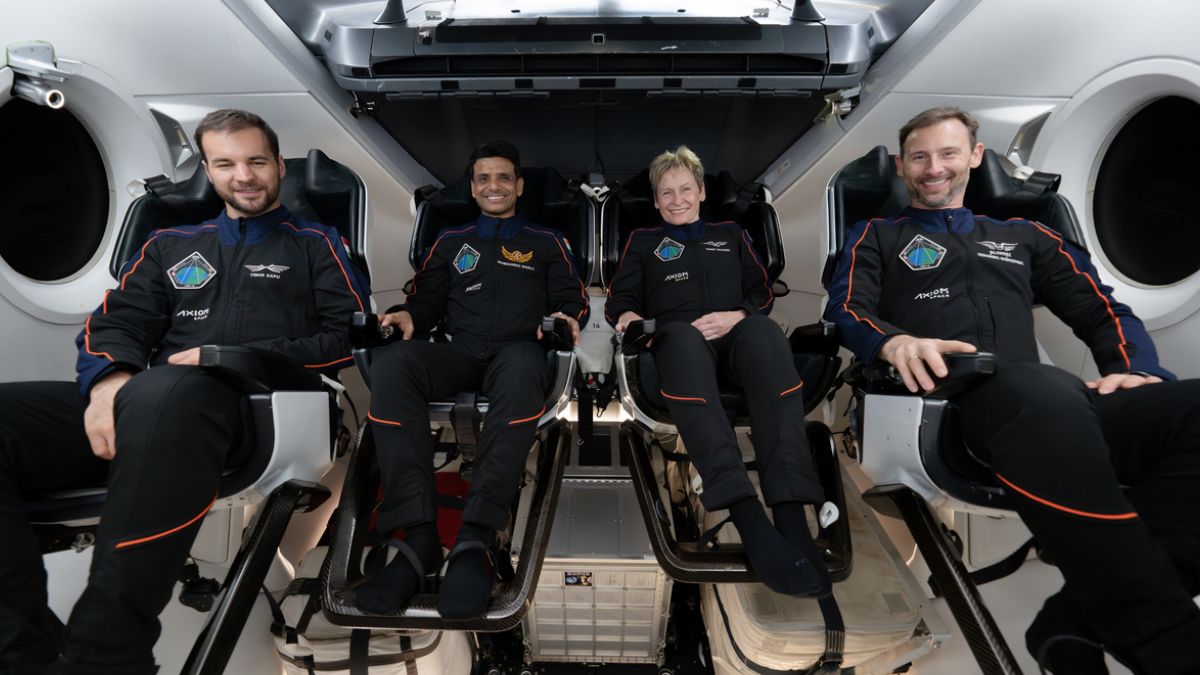A coroner has raised multiple concerns after a restrained prisoner died, including that there had been "no discussion" among healthcare and prison leaders on how to prevent similar incidents. The criticism comes after an inquest found serious failings in the response to a medical emergency at a Kent prison.
Azroy Dawes-Clarke, 28, from Romford, east London, was an inmate at HMP Elmley on the Isle of Sheppey, Kent, when he died after suffering multiple cardiac arrests on November 10 2021. The father-of-four had tied a ligature around his neck before officers intervened and began a restraint which "escalated unnecessarily", jurors concluded by majority in an inquest at Kent and Medway Coroner's Court, Maidstone, earlier this month.
Officers showed 'lack of compassion'
In the record of inquest, jurors also found that officers showed a "deeply concerning lack of care and compassion" during the incident. Handcuffs were wrongly applied to Dawes-Clarke which may also have played a contributing factor in his death, the inquest heard.
Following the conclusion, Ian Brownhill, assistant coroner for Kent and Medway, raised multiple concerns in three separate prevention of future deaths reports. He criticised the lack of communication and coordination between prison staff, healthcare professionals and paramedics during the emergency.
Confusion over command and control
Writing to the health and justice secretaries, Brownhill noted that "communication between attending prison staff, healthcare professionals and paramedics was confused". He highlighted confusion over who had command and control of the medical emergency, which public body took primacy and the difference in roles and responsibilities.
"Those attending the scene did not establish any sort of communication strategy or command structure," the coroner wrote. He added that during prevention of future deaths evidence, there remained "a lack of clarity and consistency as to how such a situation would be avoided if a critical medical emergency eventuated in a custodial setting again".
No dialogue between leaders
The coroner expressed particular concern that "despite the severity of the incident", there has been "little (if any) dialogue between leaders of the various parties involved". He said formal complaint processes, safeguarding processes and risk reporting mechanisms had been used, but there was no discussion about how to learn from this specific case or how to avoid a reoccurrence.
"Despite the severity of the incident which occurred in this case, it appeared that there still remains confusion as to which public body would have primacy in an acute medical emergency in a custodial setting," he added. During prevention of future deaths evidence, responses were inconsistent as to how to avoid other difficulties during a major medical emergency in a prison setting.
Officers unclear on procedures
In a third report, the coroner said that officers present during the incident had "different training with regard to first aid and basic life support". He noted that whilst all uniformed prison officers would have regular training in respect of control and restraint, not all had recent training in first aid or basic life support.
"Some of the officers who gave evidence were unclear as to the correct response to a cardio respiratory arrest during physical restraint," he wrote. The coroner also noted that many prison officers were "unclear" what their role would be in conveying a prisoner who lacked capacity to consent to their conveyance to hospital in a medical emergency.
Paramedics' duties limited
Answers regarding handcuffing prisoners for the purpose of conveying them to hospital in a medical emergency varied. Responses about the legal framework which applied when prison officers are involved in care and treatment of a prisoner were "inconsistent or incomplete".
In the record of inquest, jurors found that "the ability of the paramedics to perform their duty of care to Mr Dawes-Clarke during the restraint was limited by their placement and lack of visibility from outside the cell". They also concluded it was inappropriate for the paramedics to approve the handcuffing of Dawes-Clarke, having had no training in mechanical restraint to give such advice.
Disturbing footage revealed
Bodyworn footage, released to the PA news agency, shows officers singing and joking about the size of the handcuffs they needed for Dawes-Clarke while he groaned on the floor. The inquest heard that a prison officer holding the deceased described him as a "bucking bronco" in his police interview and had said that he had been making "loud animal noises".
The three reports are being sent to different recipients including the governor of HMP Elmley, the chief executive of South East Coast Ambulance Service, the chief executive of Oxleas NHS Foundation Trust and the director general and chief executive of His Majesty's Prison and Probation Service. After the inquest concluded, Azroy Dawes-Clarke's sister said he died "restrained, neglected, and dehumanised" as officers looked on and "did nothing".
(PA) Note: This article has been edited with the help of Artificial Intelligence.










